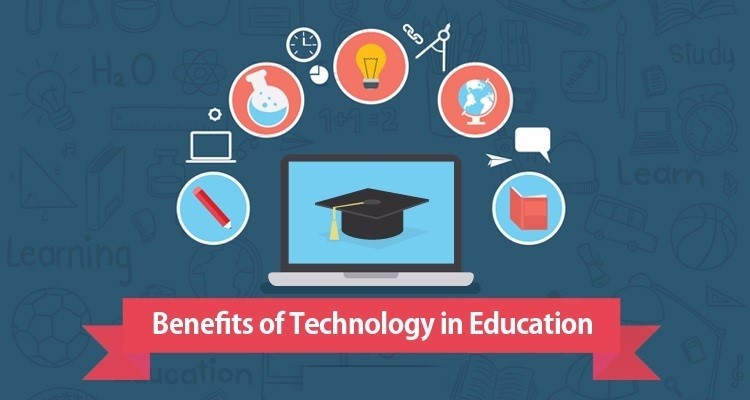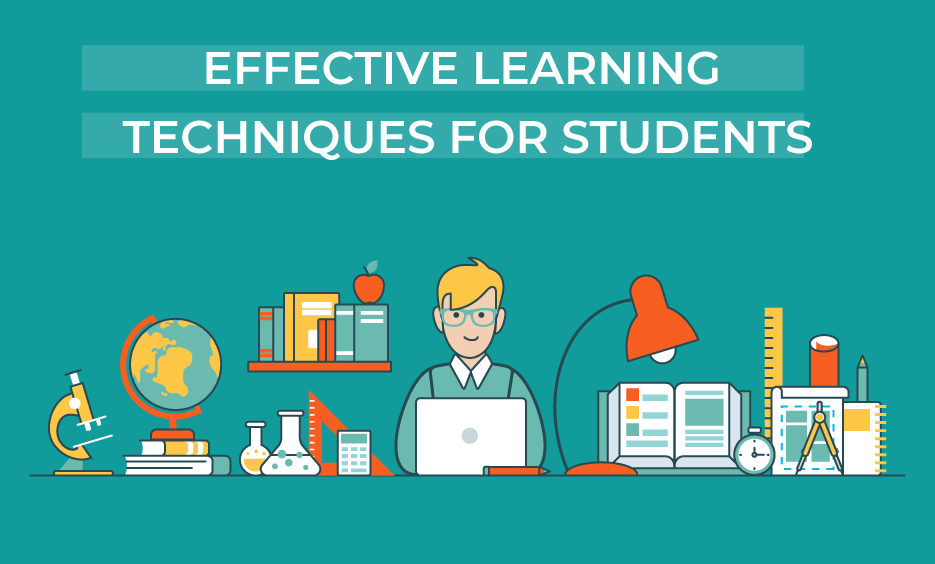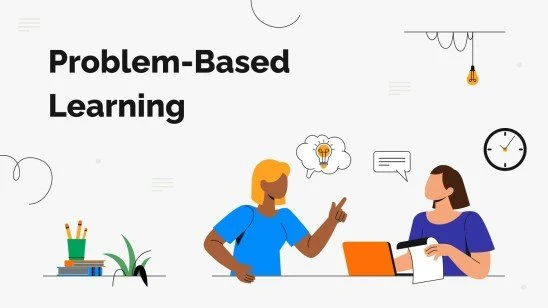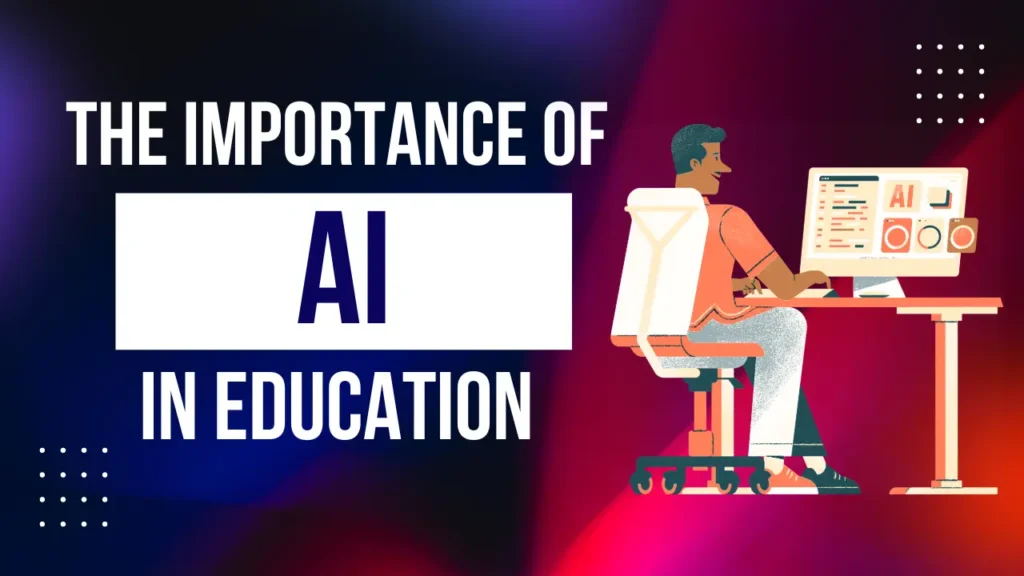Challenges and Issues in the Indian Education System
The Indian Education System has long been a cornerstone of national development, shaping generations through structured academic frameworks. However, as society evolves, this system faces complex challenges that require urgent and thoughtful solutions. At the heart of these issues are outdated curricula, examination-centric learning, and wide disparities in access to quality education. Addressing these concerns is vital for creating a system that nurtures creativity, critical thinking, and equitable learning opportunities for all. In its current state, the Indian Education System still relies heavily on rote memorization and standardized testing. While efforts are being made to modernize, structural inefficiencies and socio-economic divides continue to limit the system’s overall effectiveness. A deep dive into its challenges reveals a pressing need for reform that considers not only academic rigor but also holistic development. Outdated Curriculum and Teaching Methods One of the major issues in the Indian Education System is the outdated curriculum that fails to keep pace with modern developments in science, technology, and global affairs. Students are often taught content that is either obsolete or irrelevant to today’s practical world. This affects both their enthusiasm and future employability. Moreover, traditional teaching methods remain largely passive, relying on lectures rather than interactive or experiential learning. This approach fails to engage students meaningfully, making education feel more like an obligation than an enriching process. Integrating modern pedagogies could enhance retention and interest. Examination-Oriented Approach Another prominent flaw in the Indian Education System is its overemphasis on examinations. Students are judged primarily on their ability to recall facts rather than apply knowledge or solve real-world problems. This has led to a culture of cramming, which undermines deep understanding. This exam-centric model also creates immense pressure on students, contributing to anxiety and burnout. In the long run, this results in graduates who may hold degrees but lack essential skills required in the workforce. A balanced evaluation method is crucial for fostering well-rounded individuals. Inequality in Access to Quality Education One of the stark realities of the Indian Education System is the vast disparity between urban and rural schools. While some students attend international schools with cutting-edge facilities, many in rural areas still lack basic infrastructure like electricity, toilets, or qualified teachers. This inequality is further amplified by socioeconomic status. Children from underprivileged backgrounds often have limited access to quality education, perpetuating a cycle of poverty. Government initiatives must go beyond infrastructure and address training, inclusion, and community engagement. Teacher Training and Accountability Teachers are the backbone of any educational framework, yet the Indian Education System often neglects their training and professional development. Many educators, especially in government schools, are inadequately prepared to handle new subjects, methodologies, or technologies. Lack of accountability also contributes to low teaching standards. Without performance tracking or incentives, there is little motivation for teachers to improve. Investing in regular training programs and performance reviews can lead to better educational outcomes. Regional Disparities and Board Systems The Indian Education System is also challenged by inconsistencies across different educational boards. The debate of CBSE vs Uttarakhand Board is a prime example. While CBSE is often perceived as more rigorous and widely accepted, state boards may lack uniform standards or quality assurance. These discrepancies result in varied learning outcomes and limit mobility for students. Harmonizing educational standards across boards and ensuring equitable evaluation systems can help bridge this divide and create a level playing field. Language Barriers to Instruction India’s linguistic diversity, though a strength culturally, presents a major challenge in the Indian Education System. Many students struggle when the medium of instruction does not align with their mother tongue, affecting comprehension and performance. While English is often the chosen medium for higher education and competitive exams, rural students educated in regional languages face disadvantages. Multilingual instruction and language support services could offer a more inclusive and effective learning experience. Overcrowded Classrooms and Student-Teacher Ratio In many public institutions, overcrowded classrooms are a common sight. The Indian Education System often suffers from poor student-teacher ratios, especially in densely populated states. This hampers individual attention and the ability to cater to different learning needs. Large class sizes not only dilute the quality of education but also place immense pressure on teachers. To resolve this, more investments must be directed toward recruiting and retaining skilled educators, particularly in underserved regions. The Urban-Rural Divide and Infrastructure Gaps The Indian Education System is deeply impacted by the urban-rural divide. Urban schools, especially in cities like Dehradun—often referred to as the School Capital of India—are equipped with smart classrooms, libraries, and advanced labs. Rural counterparts, however, lag far behind. This divide in infrastructure directly affects educational quality. Bridging this gap through central funding, targeted interventions, and community-led development is essential to ensuring no student is left behind due to their geographic location. Limited Focus on Life Skills and Vocational Training Academic excellence is often the sole focus of the Indian Education System, with limited emphasis on life skills or vocational training. This lack of practical knowledge hampers students’ ability to navigate real-world challenges or explore alternative career paths. Including life skills, financial literacy, and career counseling as part of the regular curriculum would make students more adaptable and confident. Skill-based education should be mainstreamed to meet the demands of a rapidly changing job market. Resistance to Change and Bureaucratic Delays One of the less visible but significant challenges in the Indian Education System is its resistance to reform. Bureaucratic red tape, policy delays, and lack of political will often obstruct the timely implementation of progressive educational policies. This inertia stalls innovation and demotivates stakeholders from pushing for reform. Encouraging decentralized decision-making, engaging private partnerships, and empowering local authorities could accelerate meaningful change in the sector. Conclusion: A Call for Holistic Reform To address the challenges of the Indian Education System, reforms must be strategic, inclusive, and long-term. Bridging the gaps between policy and practice, theory and application, and access and quality is the need of the hour. Institutions like the best boarding schools in Dehradun are leading by example
Challenges and Issues in the Indian Education System Read More »









